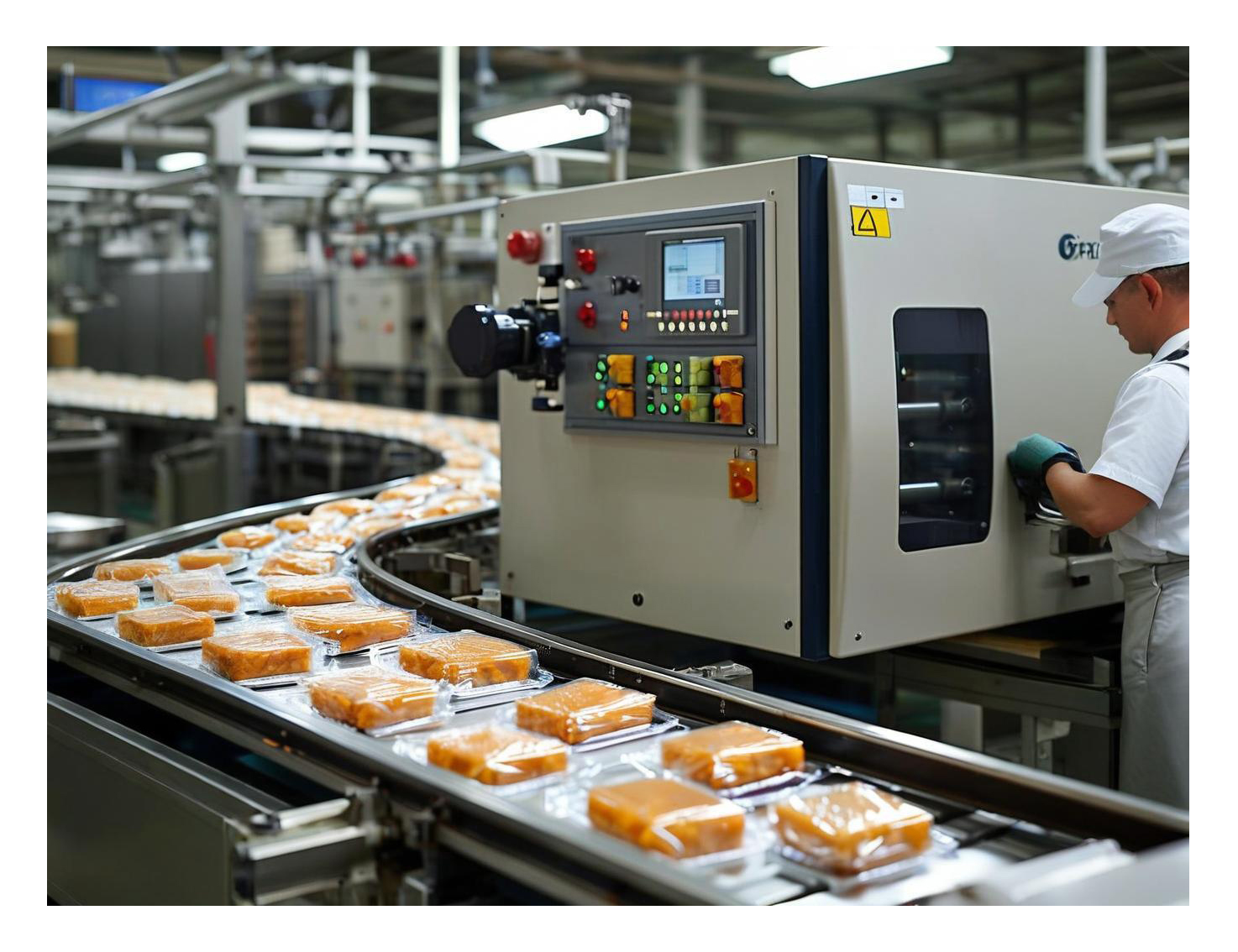PLC Extensions in the Food and Beverage Industry

The ability to integrate specialized modules into the existing PLC systems enhances control, monitoring, and data processing capabilities, addressing the unique needs of food production.
Here’s how PLC extensions work in the food and beverage industry:
Food and beverage production involves several steps that can be automated for consistent results. PLC extensions are used to manage and control complex production lines by adding specialized I/O (Input/Output) modules and communication interfaces.
Temperature and humidity are critical variables in food production and preservation. PLC extensions are often used to maintain precise control over these factors, ensuring that products are made under optimal conditions.
The real-time adjustments made by PLC extensions maintain product quality and safety, especially in industries where environmental conditions must be strictly controlled.
In food manufacturing, especially when producing items like sauces, beverages, or processed meats, batch processing is a common method. PLC extensions are used to handle the complexities of batch processing and recipe management.
This level of automation reduces human error and ensures that each batch meets the desired quality and safety standards.
Maintaining high-quality standards and ensuring product safety are top priorities in food and beverage production. PLC extensions help with continuous monitoring and quality control by integrating specialized sensors and feedback loops.
Real-time data analysis allows operators to intervene quickly if a defect is detected, preventing product wastage and maintaining high-quality standards.
By automating the packaging process, PLC extensions increase speed and accuracy, reducing human error and ensuring products are correctly packaged and labeled.